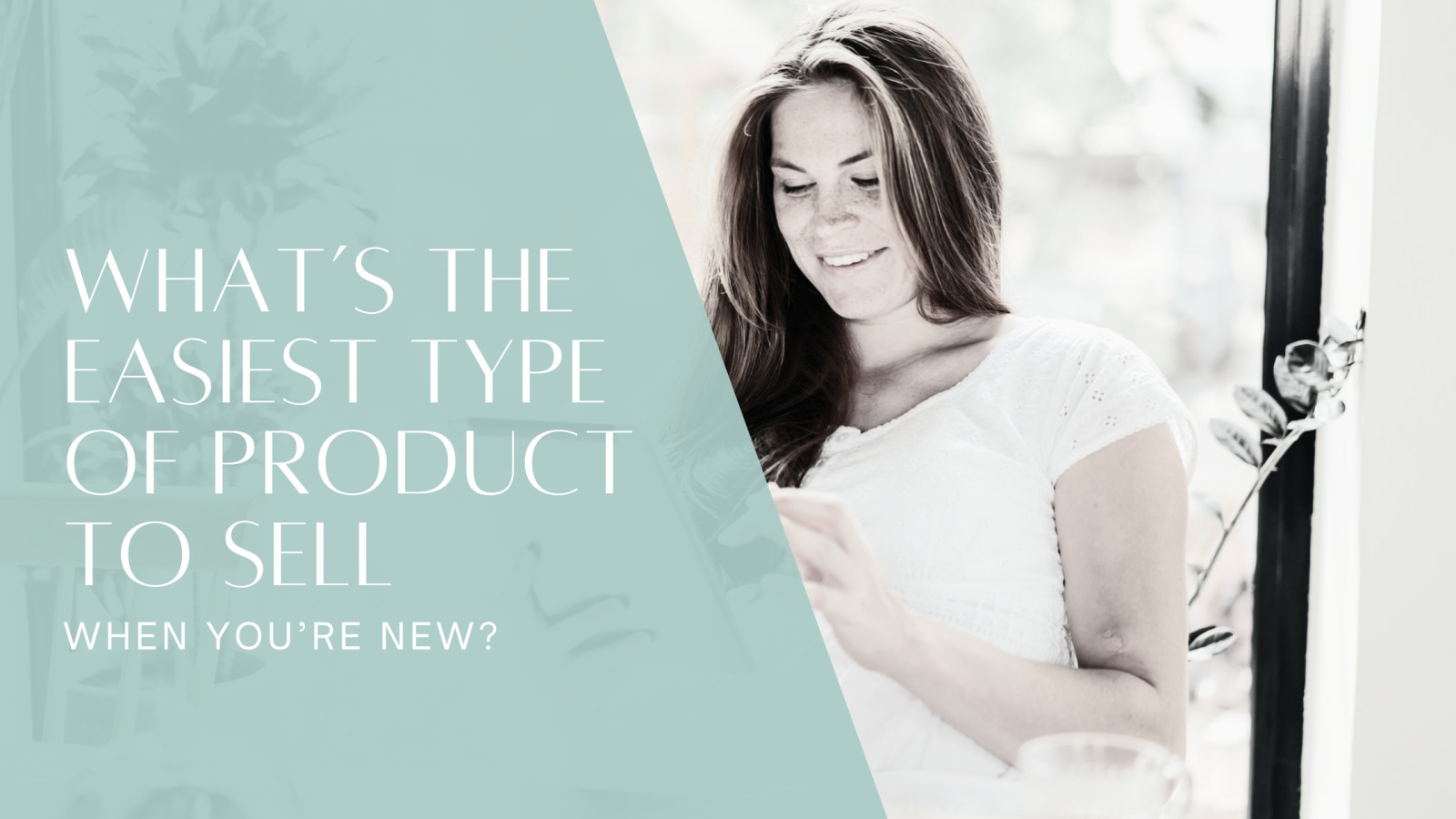
Starting a business can feel like standing in front of a giant buffet table—so many options, and you don’t know what to pick. One of the most common questions I get from beginners is:
“What should I even sell?”
If you’ve been wondering the same thing, you’re not alone. And the good news? You don’t need to create something huge or complicated. In fact, the easiest product to sell when you’re brand new is often the simplest one.
Let’s walk through what kinds of products are best for beginners, and how to choose one that makes sense for you.
What Makes a Product “Easy” to Sell?
Before we jump into examples, let’s talk about what “easy” actually means in the online business world.
An easy product to sell usually:
- Solves a small but specific problem
- Is quick to create (no months of work)
- Doesn’t require a big audience
- Can be delivered online (no shipping)
- Is affordable for people who are just getting to know you
These are the kinds of products that help you build momentum, grow your audience, and start making money without a ton of risk.
Digital Products Are Your Best Friend
If you’re starting from scratch with no audience and no budget, digital products are usually the way to go.
Why?
- You can create them once and sell them over and over again
- No inventory, no packaging, no shipping
- You can make them using free tools like Canva, Google Docs, or Loom
- People can get them instantly after they pay
Now let’s look at some specific digital product ideas that are perfect for beginners.
Simple Product Ideas You Can Start With
1. Checklists and Cheat Sheets
These are fast and easy to create, and people love them because they make life simpler.
Examples:
- “Website Launch Checklist”
- “Instagram Content Planning Cheat Sheet”
- “Daily Routine for New Business Owners”
Use Canva or Google Docs to design a PDF, save it, and upload it to deliver when someone buys or opts in.
2. Templates
If you’re good at making things look nice or organizing information, templates are gold.
Examples:
- Canva templates for social media posts
- Google Sheets templates for tracking income or goals
- Email or blog post templates
Templates save people time, and that makes them super valuable—even if they’re simple.
3. Mini Courses or Video Trainings
You don’t need a fancy course platform or hours of content. Record a short training (10–30 minutes) on one specific topic you know well.
Examples:
- “How to Set Up Your First Website Without Tech Overwhelm”
- “Create Your First Lead Magnet in Under an Hour”
- “How to Use Google Sheets to Plan Your Content Calendar”
You can record using Loom and deliver the video link or embed it on a private page.
4. Workbooks or Guides
These are perfect for people who want help thinking through a problem or taking action step-by-step.
Examples:
- “Build Your First Offer Workbook”
- “Clarity Guide for New Coaches”
- “Find Your Niche Worksheet Pack”
Make it easy to fill out and helpful right away. Don’t overthink it—think simple, useful, done.
How to Choose the Right Product for You
When deciding what to create, think about this:
1. What are you good at or passionate about?
Start with what you know. What do people ask you for help with?
Start with what you know. What do people ask you for help with?
2. Who do you want to help?
Think about the kind of person you want to serve. What are they struggling with right now?
Think about the kind of person you want to serve. What are they struggling with right now?
3. What quick win can you give them?
Your first product should help someone solve one small but important problem.
Your first product should help someone solve one small but important problem.
That’s it. Start small. You can always add more later.
Keep It Simple
Here’s what you don’t need when you’re just starting:
- A huge course with 10 modules
- Expensive software
- A giant email list
- A big audience
You just need one helpful thing that makes someone’s life easier.
The best part? Once you sell one product, you’ll learn what your audience wants more of. And that’s how you grow.
Tools You Can Use to Make and Sell Your First Product
Here are a few beginner-friendly tools I recommend:
- Canva – for checklists, workbooks, templates, and cover graphics
- Google Docs or Sheets – for editable guides and templates
- Loom – for recording simple video trainings
- AttractWell – to build your sales page, deliver your product, and grow your email list all in one place
- ChatGPT – to help you brainstorm ideas, write copy, or outline your product
All of these are simple, affordable, and don’t require tech skills.
Start Now, Learn as You Go
There’s no perfect product. And your first one doesn’t need to be a masterpiece—it just needs to help someone.
Start with what you know. Solve one small problem. Use the tools you have. And keep it simple.
That first sale is closer than you think.
And I’m here cheering you on every step of the way.
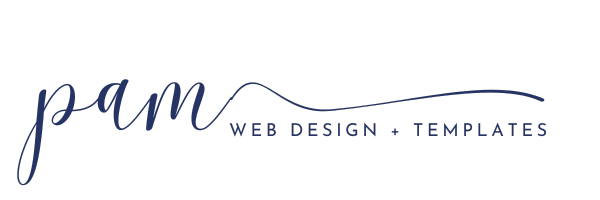





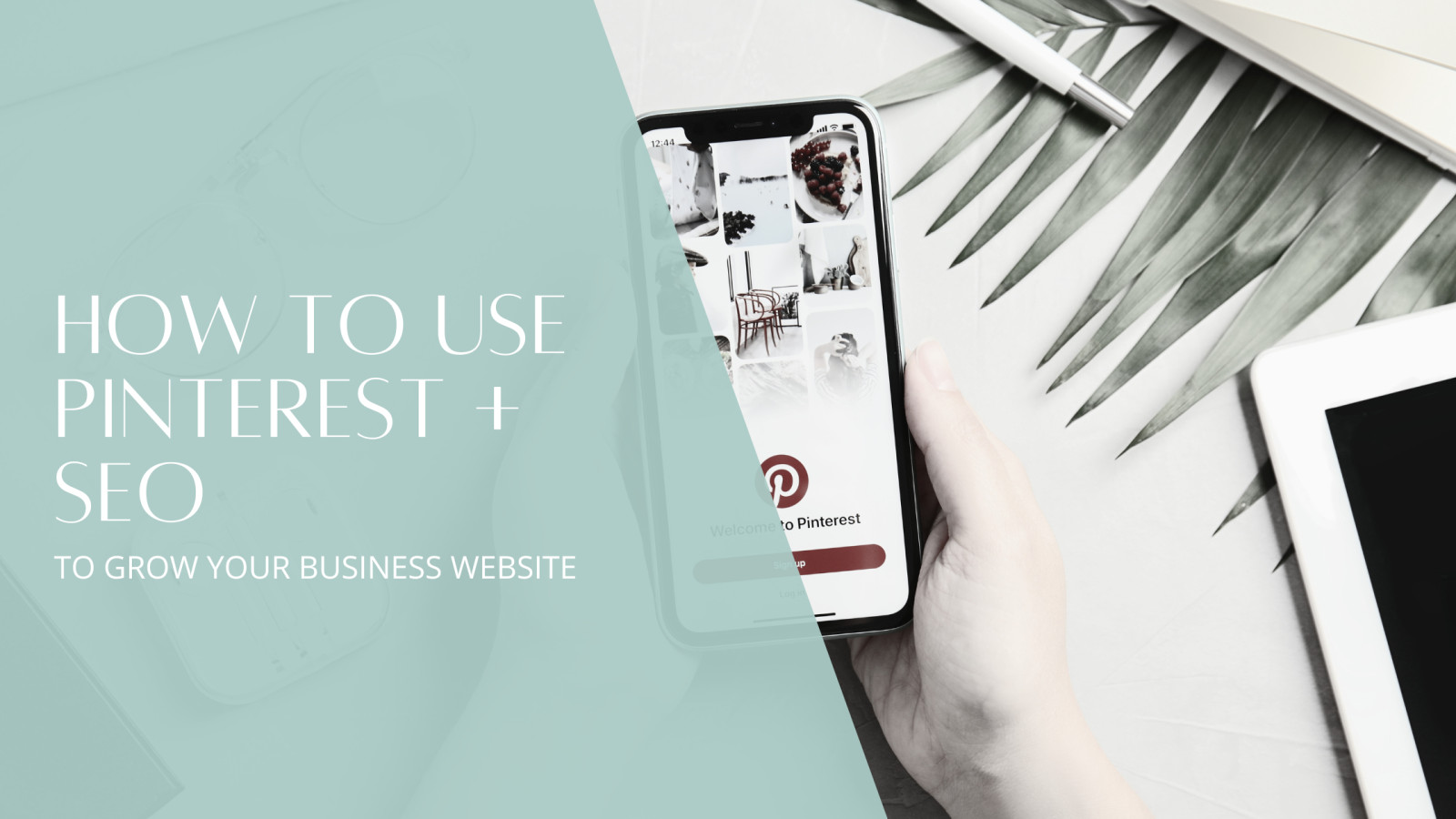

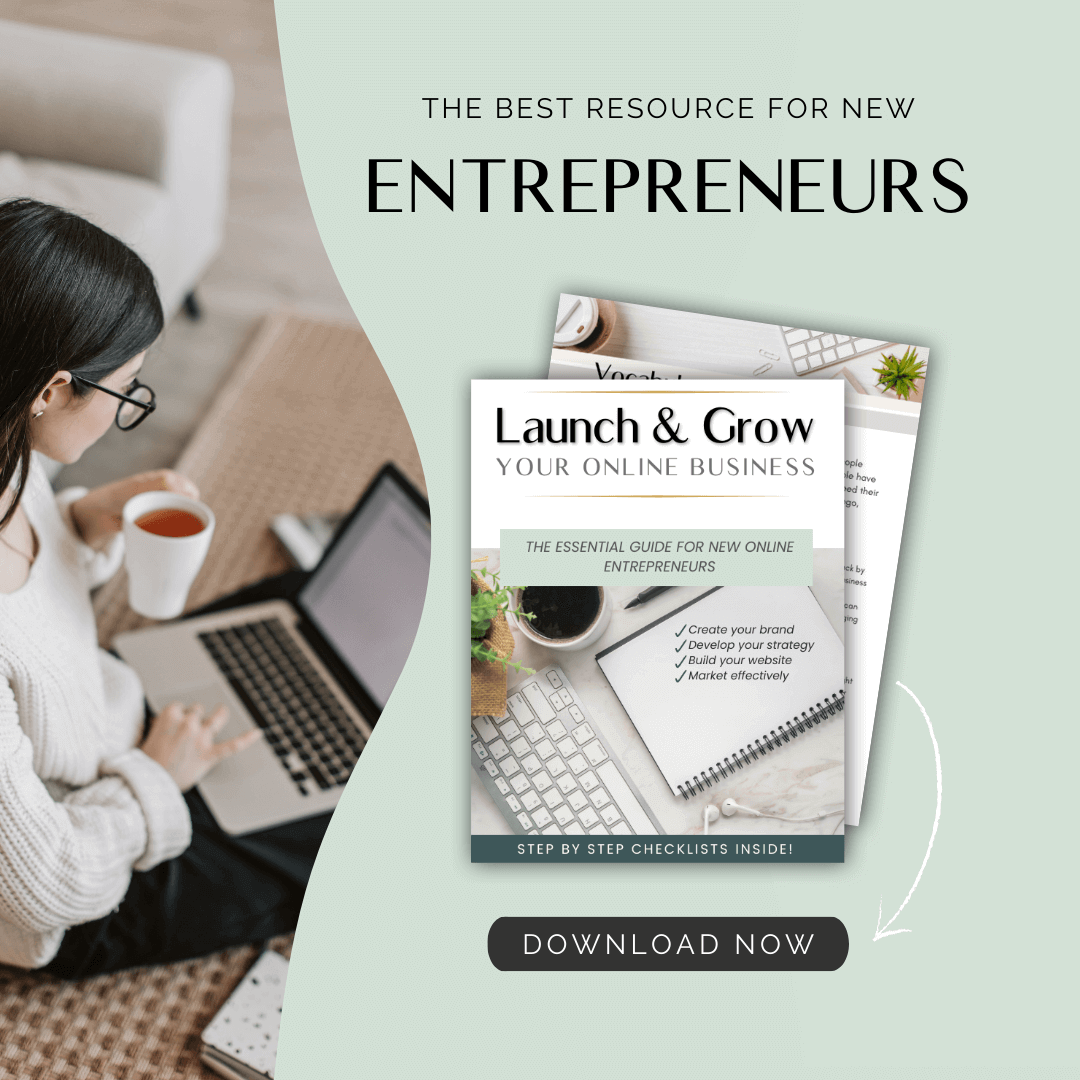
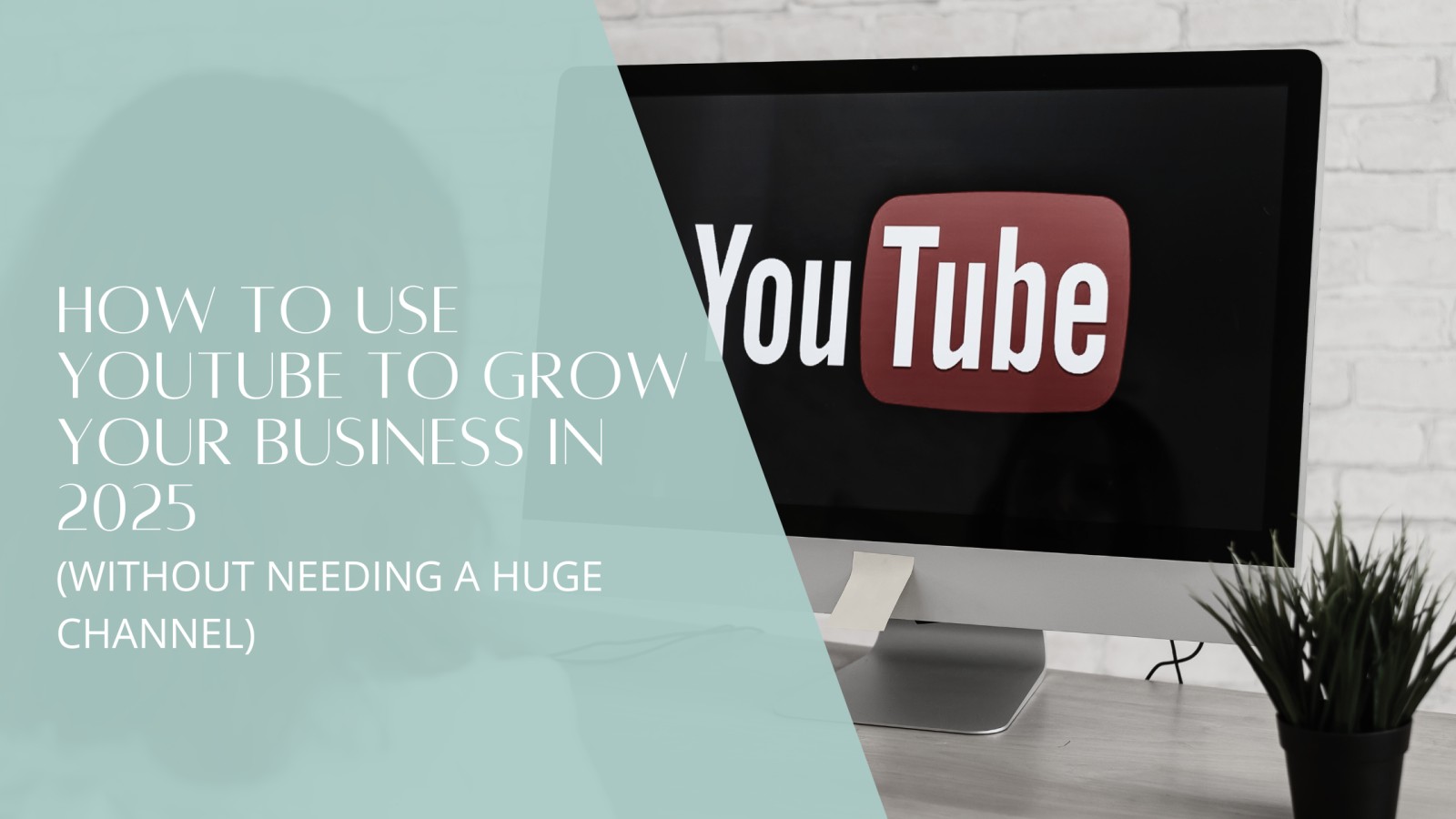




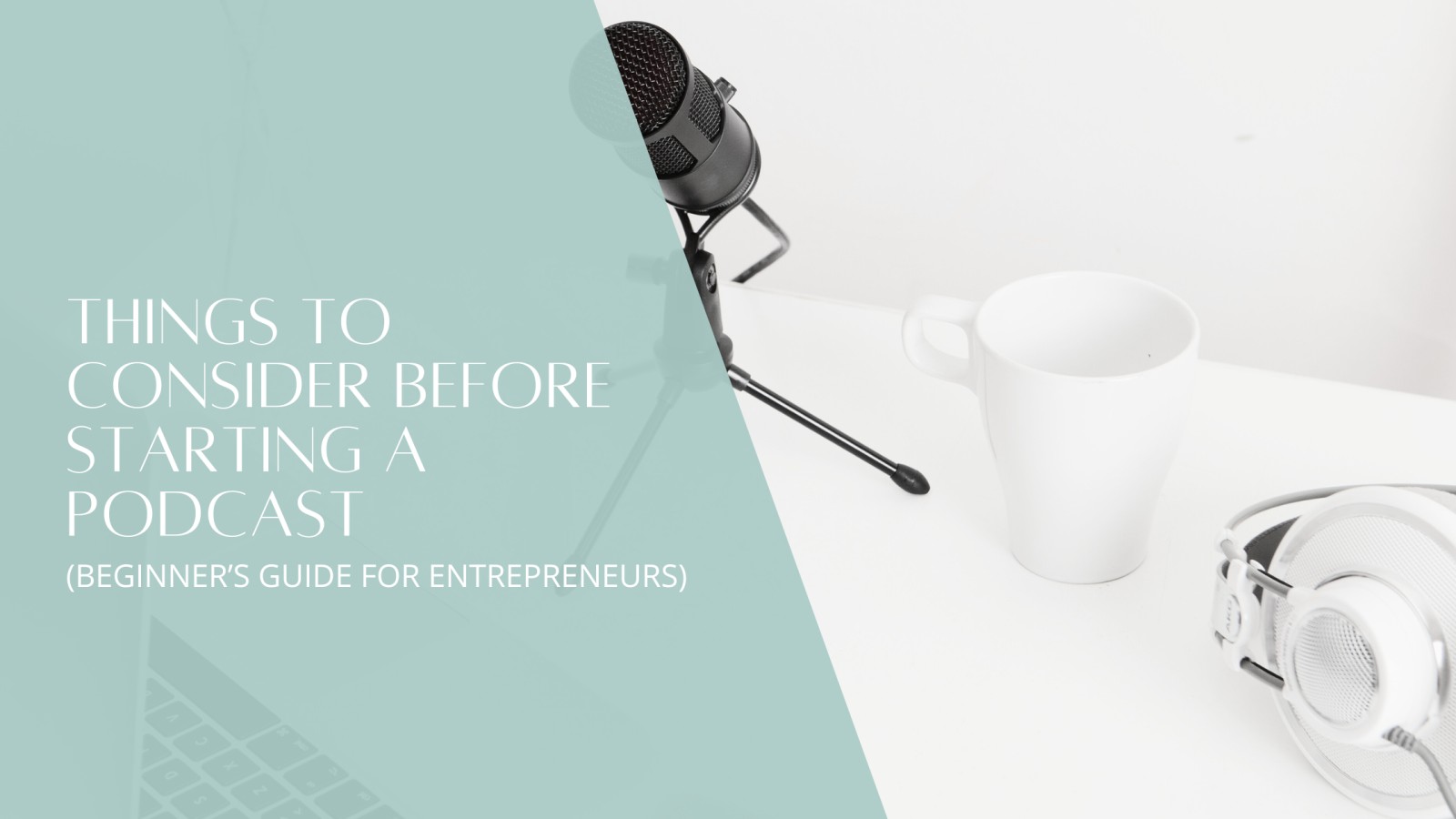
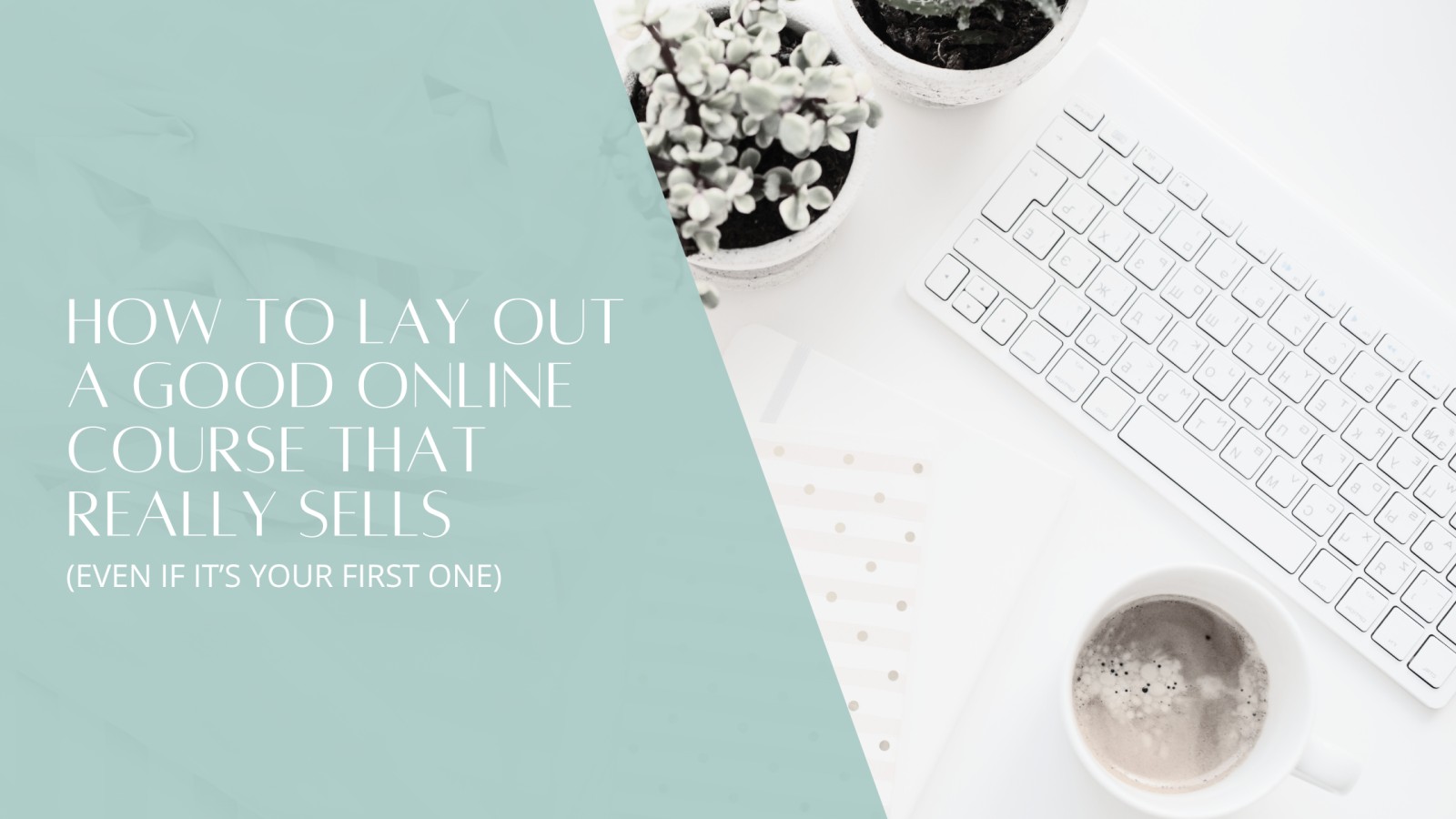


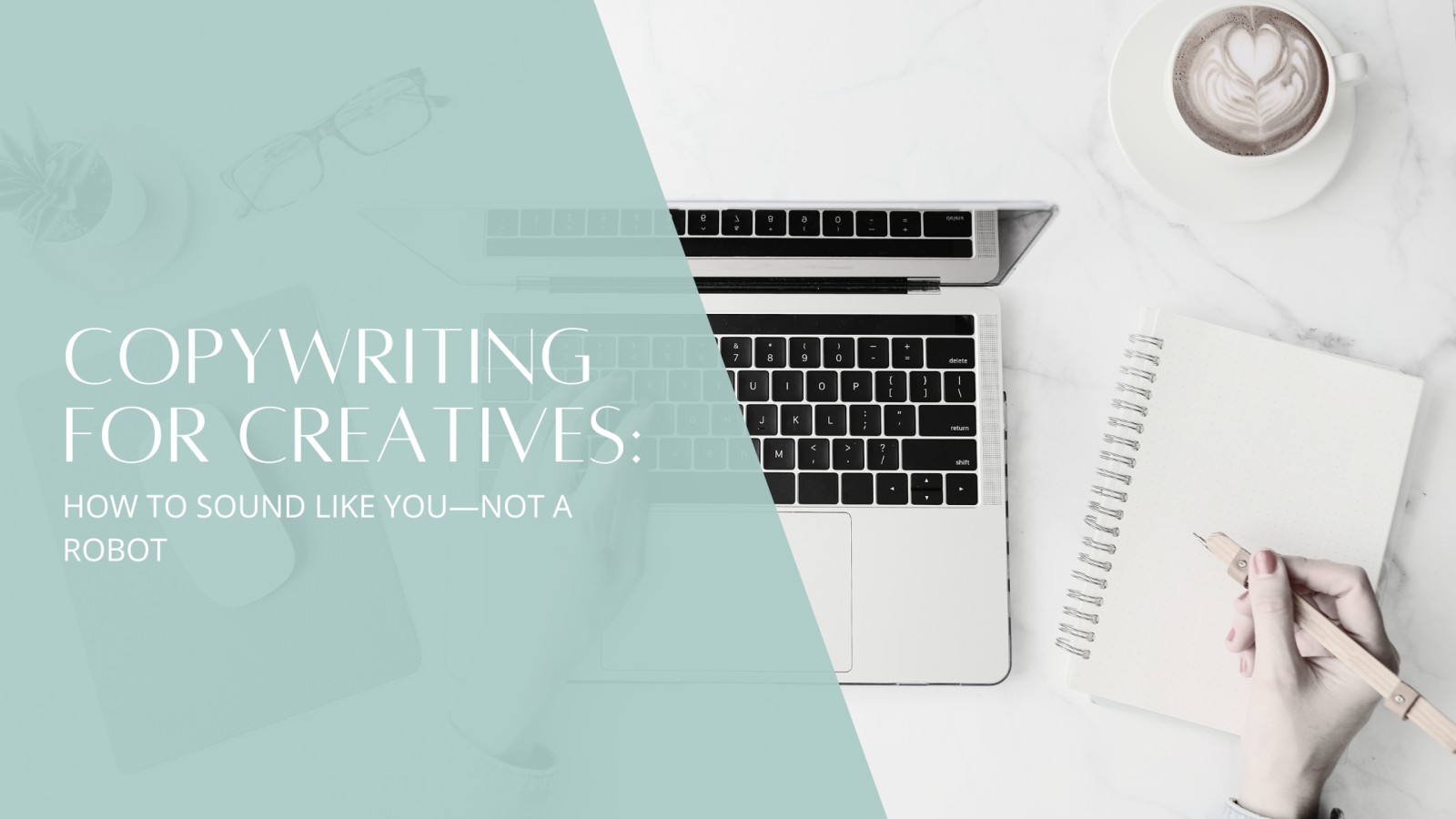
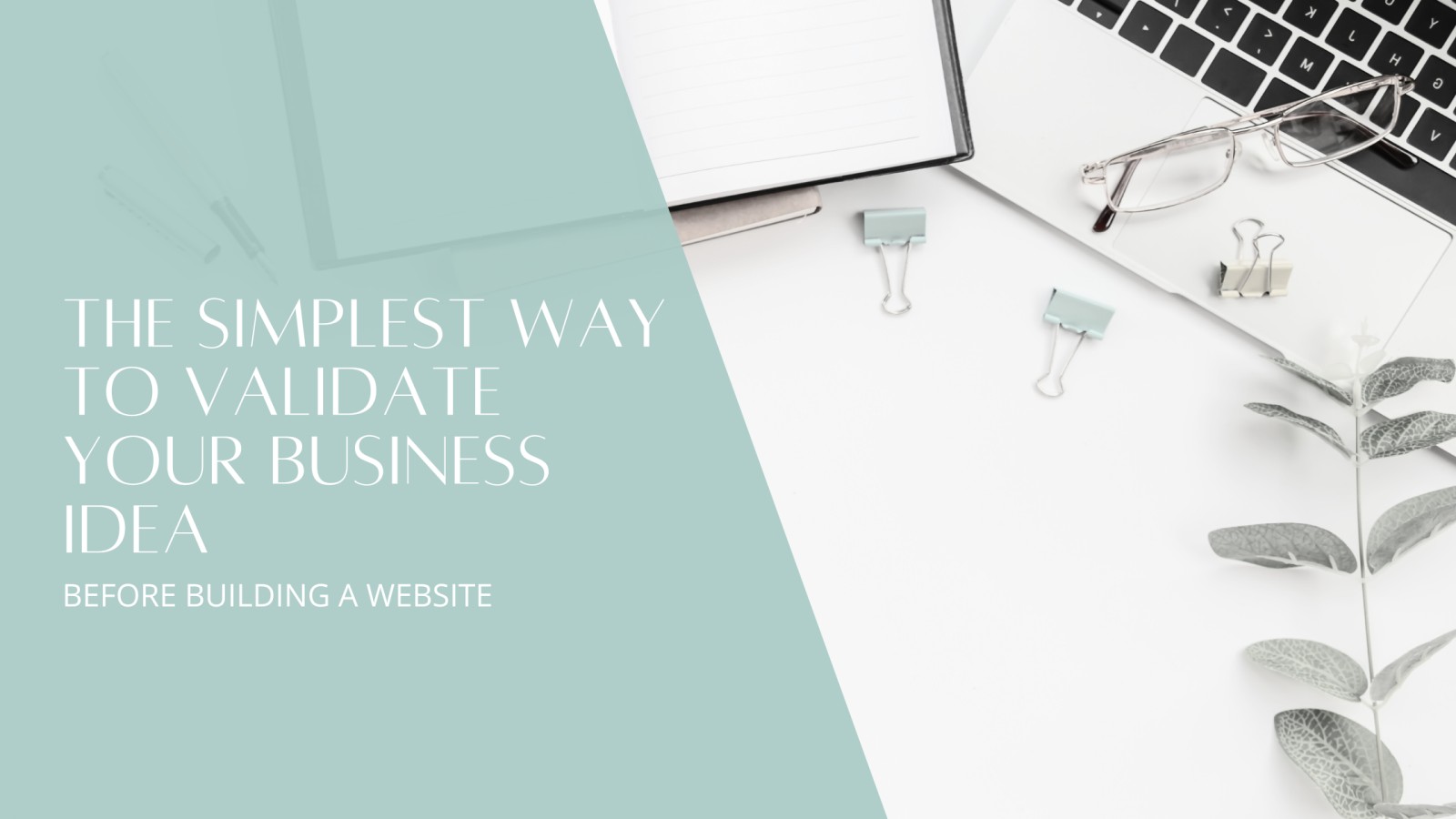
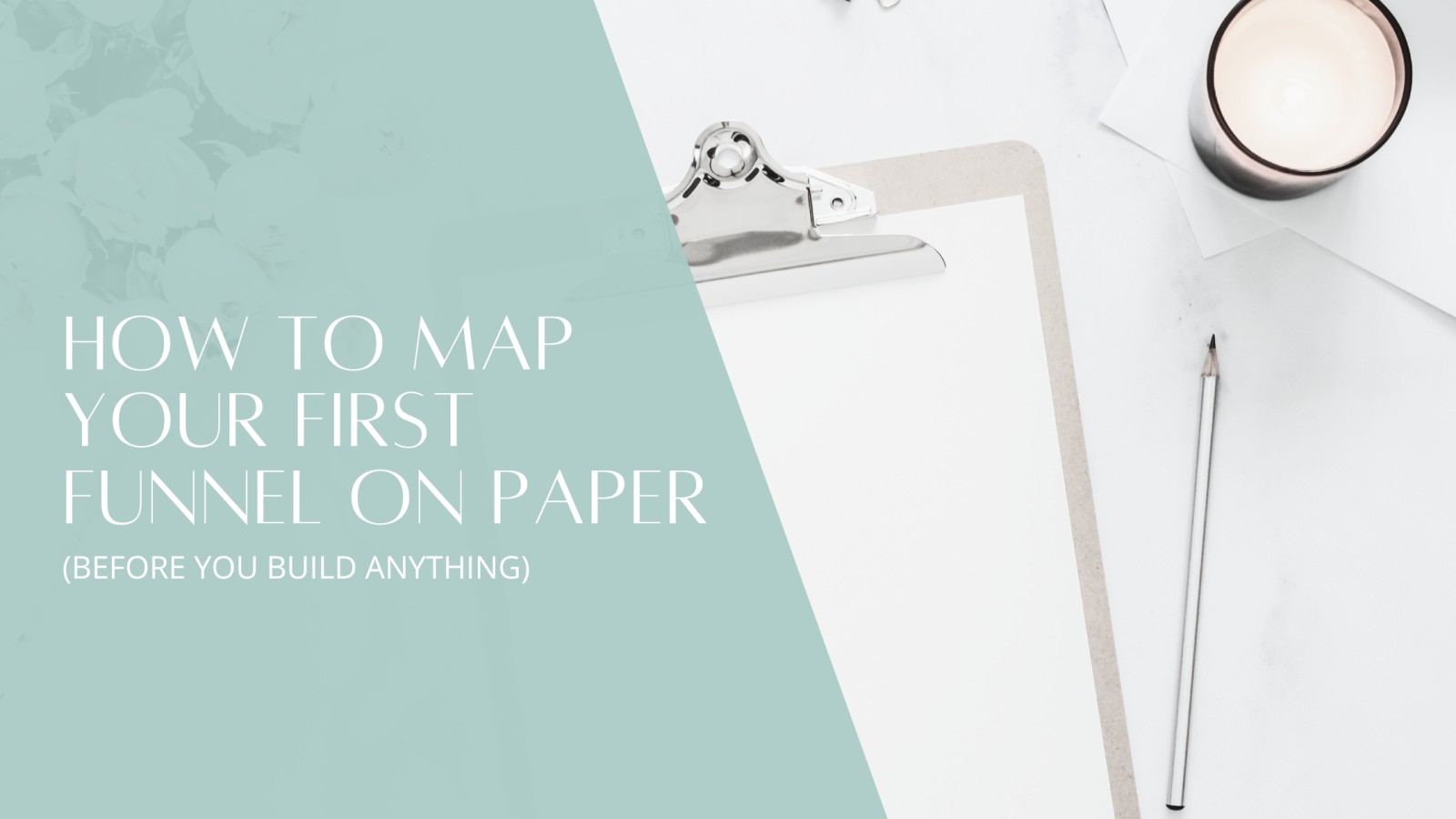


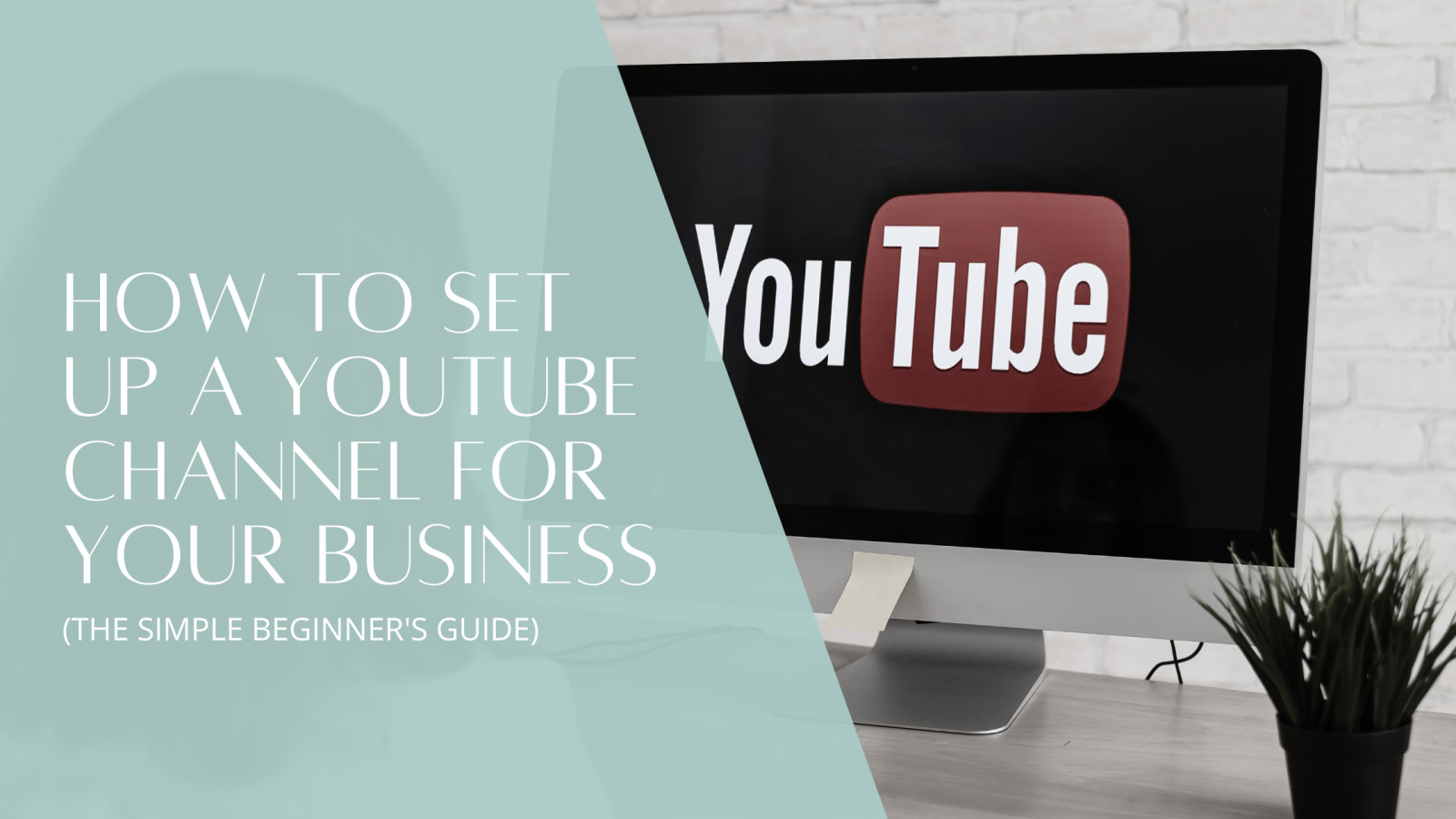
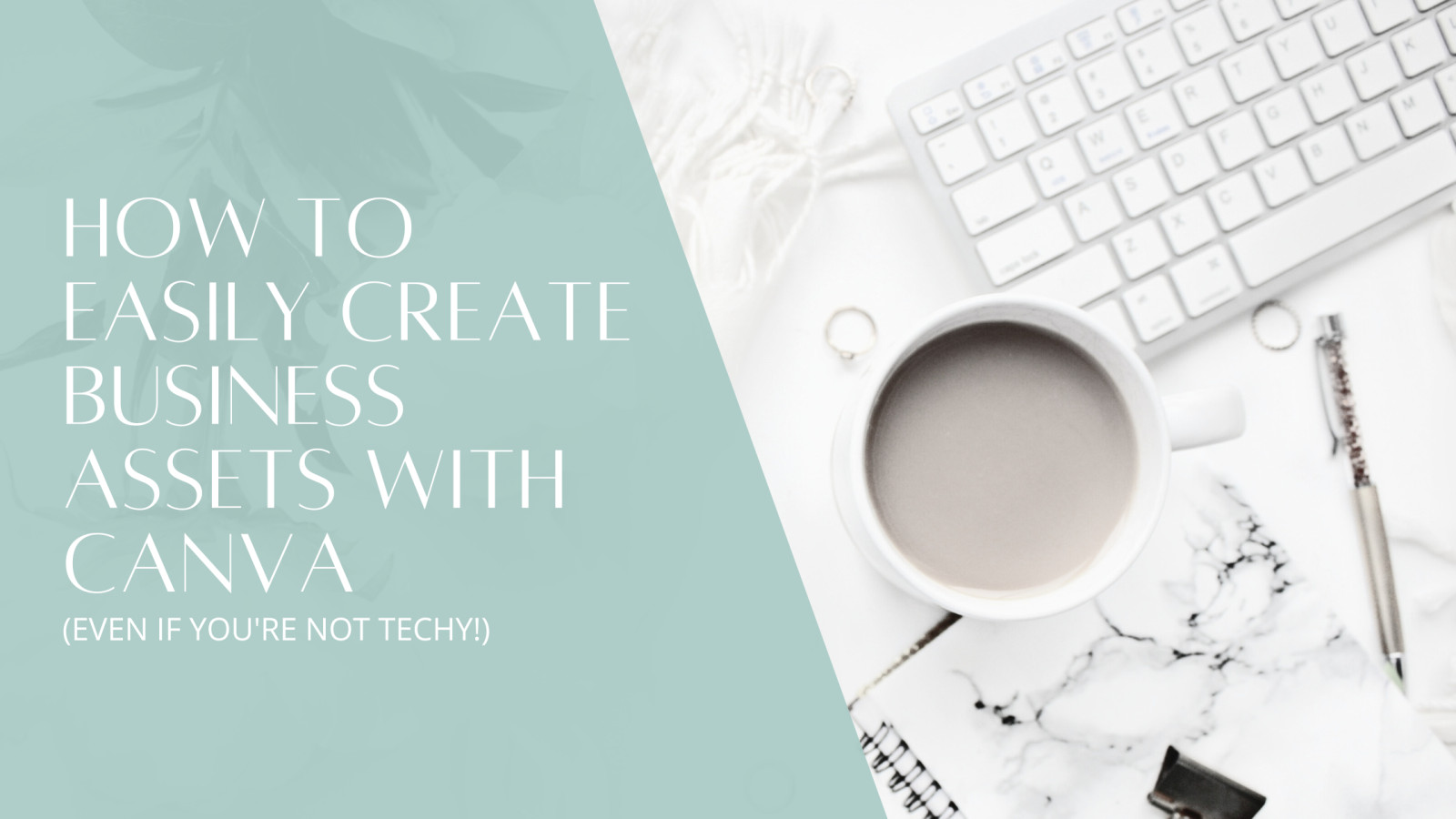











0 Comments